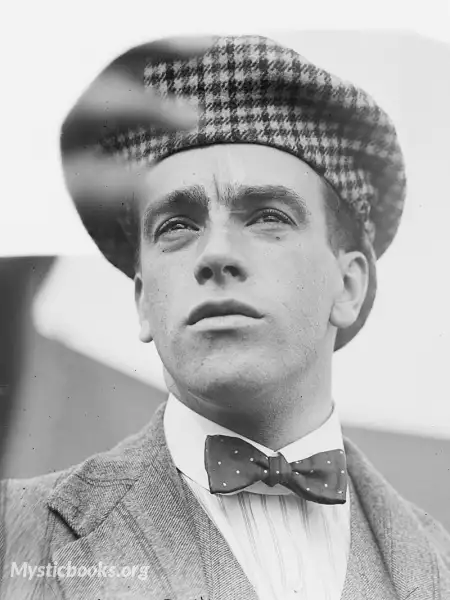
Timeline
Title
Country/Nationality
Claude Grahame-White
Claude Grahame-White was an English pioneer of aviation, and the first to make a night flight, during the Daily Mail-sponsored 1910 London to Manchester air race.
Claude Grahame-White was born in Bursledon, Hampshire in England on 21 August 1879, and educated at Bedford Grammar School. He learned to drive in 1895, was apprenticed as an engineer and later started his own motor engineering company.
Grahame-White's interest in aviation was sparked by Louis Blériot's crossing of the English Channel in 1909. This prompted him to go to France, where he attended the Reims aviation meeting, at which he met Blériot and subsequently enrolled at his flying school.
Grahame-White was one of the first people to qualify as pilot in England, becoming the holder of Royal Aero Club certificate No. 6, awarded in April 1910. He became a celebrity in England in April 1910 when he competed with the French pilot Louis Paulhan for the £10,000 prize offered by the Daily Mail newspaper for the first flight between London and Manchester in under 24 hours. Although Paulhan won the prize, Grahame White's achievement was widely praised.
On 2 July 1910, Claude Grahame-White, in his Farman III biplane, won the £1,000 first prize for Aggregate Duration in Flight (1 hr 23 min 20 secs) at the Midlands Aviation Meeting at Wolverhampton. In the same year he won the Gordon Bennett Aviation Cup race in Belmont Park, Long Island, New York, for which he was awarded the Gold Medal of the Royal Aero Club.
On 14 October 1910 while in Washington, D.C. Grahame-White flew his Farman biplane over the city and landed on West Executive Avenue near the White House. Rather than being arrested Grahame-White was applauded for the feat by the newspapers.
On 26 September 1911 at an International Air Meet at Nassau Boulevard Long Island New York attended by Eugene Ely, George W. Beatty, Harry Atwood, Bud Mars, J. A. D. MucCurdy and Matilda Moissant, Grahame-White won a prize of $600.00 in a speed contest for flying his monoplane ten miles at a speed of 61 and 1/2 miles per hour.
He is known for activities related to the commercialisation of aviation, and he was also involved in promoting the military application of air power before the First World War with a campaign called "Wake Up Britain", also experimenting with fitting various weapons and bombs to aircraft. During the war itself he flew the first night patrol mission against an expected German raid on 5 September 1914.
Grahame-White trained several women to fly and he had formed the Women's Aerial League in 1909. The membership of this league included test pilot Mrs Winifred Buller, Lady Anne Savile and Eleanor Trehawke Davies and the suffragette leaders Emmeline and Christabel Pankhurst. He established a flying school at Hendon Aerodrome. Cheridah de Beauvoir Stocks, the second British woman to gain a Royal Aero Club aviator's licence, trained at the school, earning her certificate in November 1911. In 1912 Grahame-White gave H.G. Wells his first flight. The Aerodrome was lent to the Admiralty (1916), and eventually taken over by the RAF in 1919. Grahame-White's aerodrome was purchased by the RAF in 1925, after a protracted legal struggle. After this he lost his interest in aviation, eventually moving to Nice in his old age, where he died in 1959 having made a fortune in property development in the UK and US.
Books by Claude Grahame-White

The Aeroplane in War
"Although it is still a crude machine—in view of the perfected apparatus which is the aim of thoughtful designers—the aeroplane has demonstrated, in a conclusive way, its value as an instrument of war."